No trip to Los Angeles would be complete without visiting the La Brea “tar pits” and the wonderful museum(s) there. There are two museums on the site, actually. Most people head to the western side of the property, where they can stroll among the creations of the art scene at the Los Angeles County Museum of Art. But for a naturalist, the fossilized remains of the L.A. area’s prehistoric past on display make the Page Museum the (ahem) natural choice.
The grounds are quite nice, with a good array of flowering plants to attract butterflies, like this Fiery Skipper, a fairly widespread lepidopteran that’s visited my backyard in Boca as well:
The museum has an amazing collection of fossil remains from the last 40,000 years (before then, the site was underwater, and for some reason land animals don’t get trapped in asphalt that’s on the bottom of the sea…). So there’s a good array of animals from the late Pleistocene into the Holocene (our current geologic epoch) including several thousand dire wolves (they have a display inside where over 400 skulls are mounted; it’s eerily fascinating):
and the remains of over 2000 saber-toothed cats (the official state fossil of California):
Large predators are present in such great numbers because they were attracted by the struggles of their large prey items: ground sloths and mammoths that became trapped in the asphalt:
You may have noticed that the displayed fossils are all dark. It only stands to reason: they’ve been lying in asphalt for thousands of years! As the bones fossilized, they became saturated with the material. You may also have noticed that I’ve been calling the material asphalt, even though everyone knows of this site as the La Brea tar pits. What’s the difference? Well, according to the museum’s web site,
Commonly called the “tar pits,” the liquids that seep out of the ground at Rancho La Brea are actually comprised of asphalt, not tar. Tar is a commercial by-product made by the distillation of woody materials, such as coal or peat, while asphalt is a naturally formed substance comprised of hydrocarbon molecules.
For more info, I point you to the FAQ page of the museum’s web site. But back to entrapment. I begin with a quote from the FAQs:
How did the animals become entrapped?
Asphalt is very sticky, particularly when it is warm. The warm temperatures from late spring to early fall would have provided the optimum conditions for entrapment in asphalt. Small mammals, birds and insects inadvertently coming into contact with it would be immobilized as if they were trapped by flypaper. The feet and legs of heavier animals might sink two or three inches below its surface. Depending on the time of day or year, strong and healthy animals may have managed to escape, but others would have been held fast until they died of exhaustion, or fell prey to passing predators. Under the right conditions, a single mired large herbivore would attract the attention of a dozen or more hungry carnivorous birds and mammals, some of which would find themselves trapped, providing more food for other carnivores. This cycle repeated during the 30,000 years that fossils were accumulating at Rancho La Brea. It is estimated that one entrapment episode involving ten large mammals every decade would furnish more than enough fossil remains to account for all the large mammal and bird fossils collected since the turn of the 20th century (over 1 million!).
Pretty amazing, isn’t it? The museum has a brief (10-minute) film dramatizing these episodes, and explaining (in very brief detail) the underlying geology that allows cyclic, rather than permanent, upwelling of asphalt and tar. I found the brief glimpse I got of the brief movie intriguing; I wish I had had time to see more of it, but there were, apparently, more interesting things to do than sit in the dark with a crowd of strangers:
Thank goodness the museum has a reading nook where younger visitors can while away some of the time:
And thank goodness they have an extensive guide for educators online that answers almost all of the questions I’d have asked, had I had the time to do so. By the way, educators get in free with ID, as do children under some reasonable age, so I was the only one who had to pay to get in.
One of the most interesting things about the fossils of Rancho La Brea, at least to my birder’s mind, is the abundance of bird fossils. Normally bird fossils are incredibly rare. Their bones are extremely fragile, and they simply aren’t well represented in the typical fossil record. But when trapped in asphalt, birds stand a far higher chance of becoming fossils than they ordinarily would. Thousands of bird bones have been recovered; this wall of Golden Eagle foot bones gives some sense of their numbers:
The finds range from still-extant birds like the Golden Eagle and Bald Eagle, to extinct birds like Merriam’s Teratorn and an ancestral caracara.
There are also, of course, the requisite mammoth and mastodon skeletons:
It may not be obvious from the pictures, but the Columbian Mammoth was quite a bit larger than the American Mastodon. The mammoths on display at the museum also all have gigantic curving tusks, while the mastodons have tusks that resemble those of modern elephants. That could just be a choice the museum made, or it might be realistic; not being a tetrapod zoologist, I can’t really say. Apparently the best way to tell them apart, if you’re looking at their remains, is by the teeth. The mammoth has the teeth of a grazing animal (feeds on grasses), while the mastodon’s teeth are those of a browser (eats shoots and leaves). If I’d realized how important the distinction was, I’d have taken a picture at the museum; they had an excellent display explaining this.
Next time I’m back home (er, visiting) Los Angeles, I’ll need to take a much longer look at this museum. There’s an awful lot there to discover. But I don’t think I’ll need to get too close to the actual “pits”: here’s what the museum FAQs have to say about recent activity there:
Is entrapment still occurring at Rancho La Brea?
Yes. About 8 -12 gallons (32 – 48 liters) a day ooze and bubble to the surface occasionally trapping invertebrates (insects and worms), reptiles (lizards), birds (mostly pigeons, but also hawks, egrets, ducks, doves, and sparrows), small mammals (rodents and rabbits) and occasionally large mammals (dogs and humans) especially during warm days when the asphalt is softest.
So take care when you’re visiting the asphalt jungle in Rancho La Brea!
Related Images:
no images were found

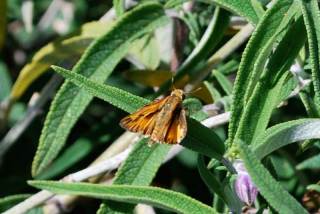
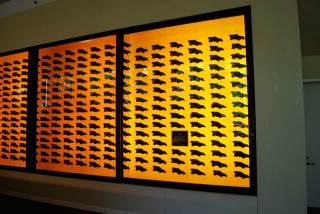
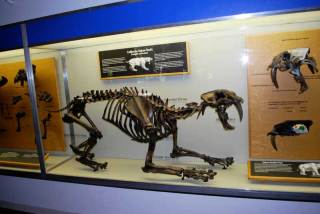
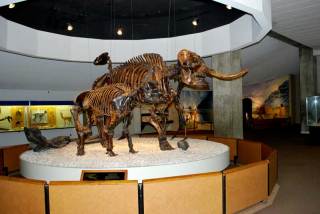
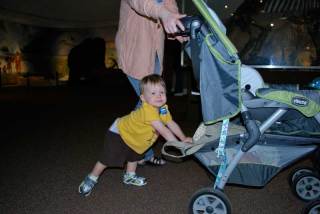

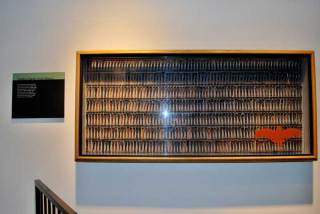
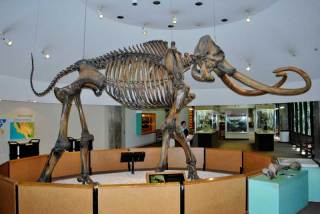
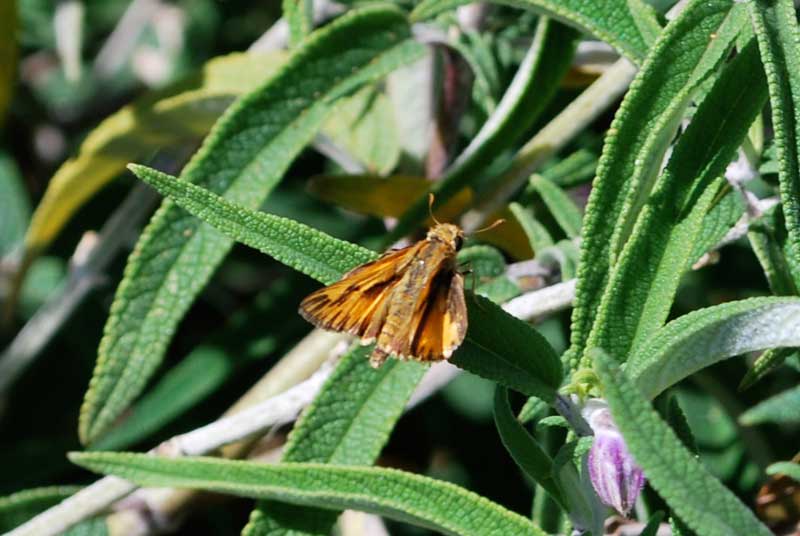
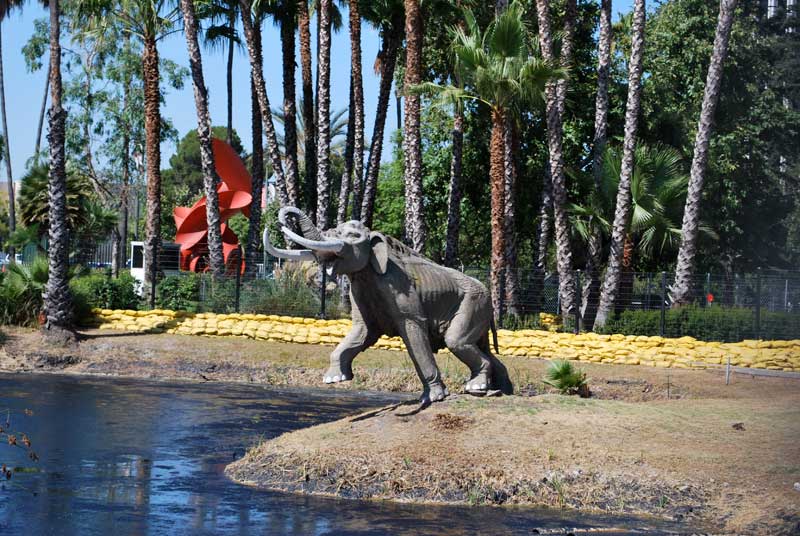
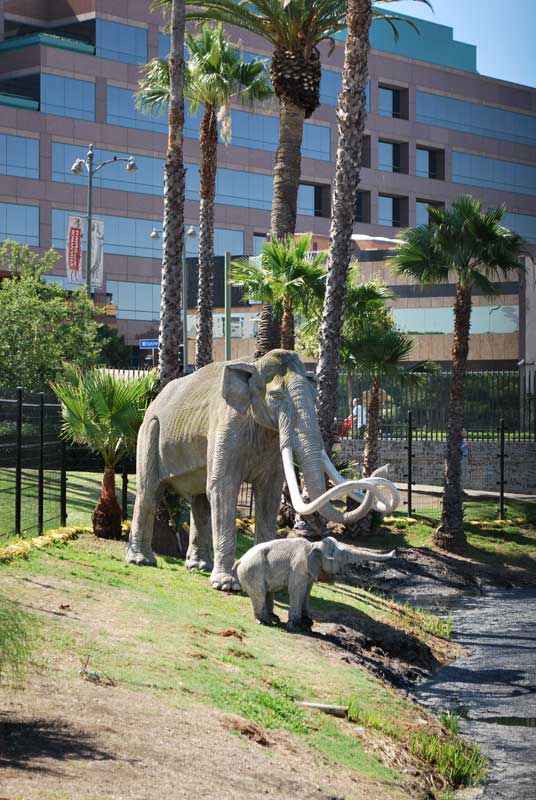
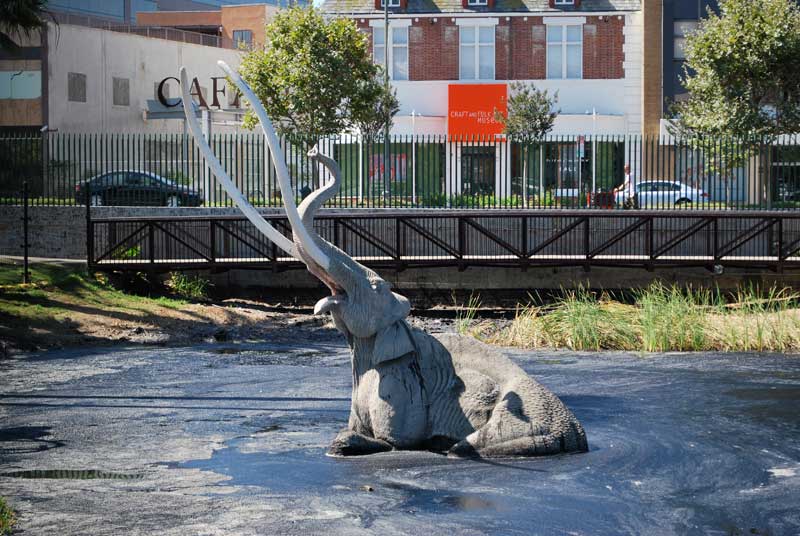
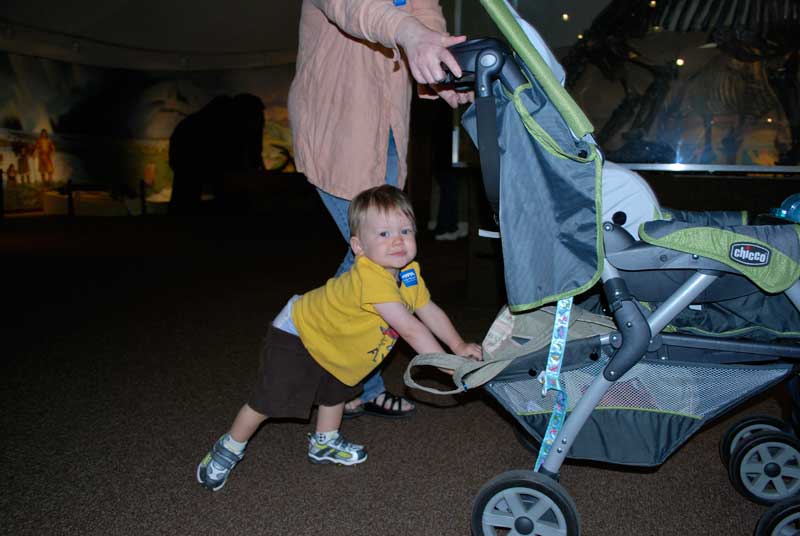
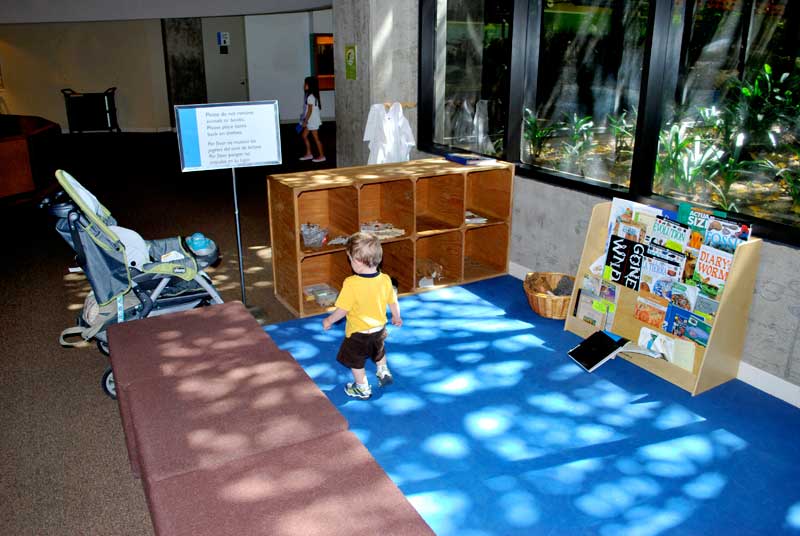
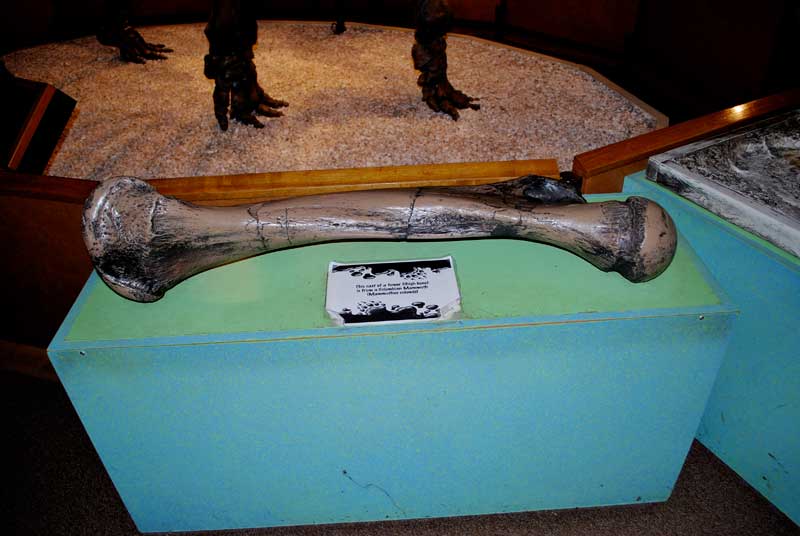
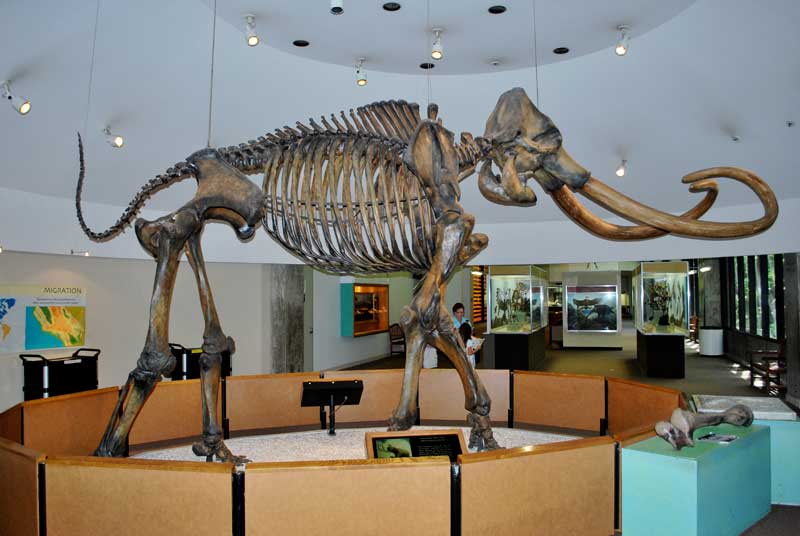
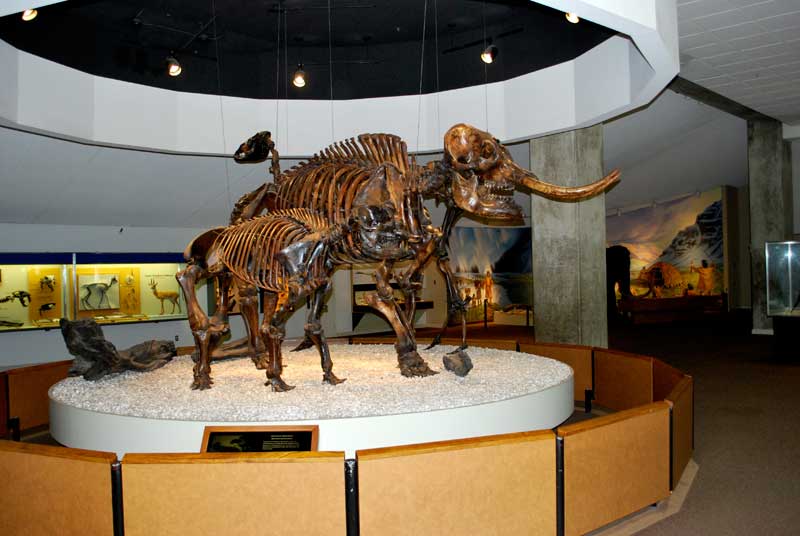
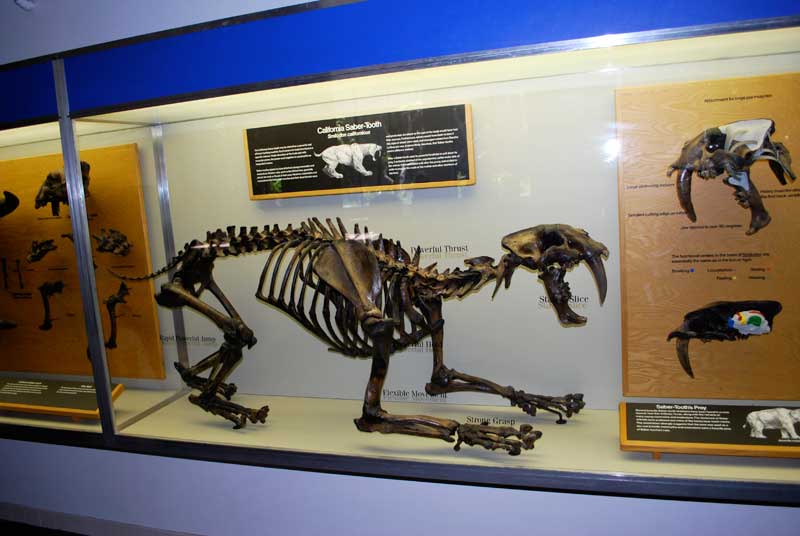


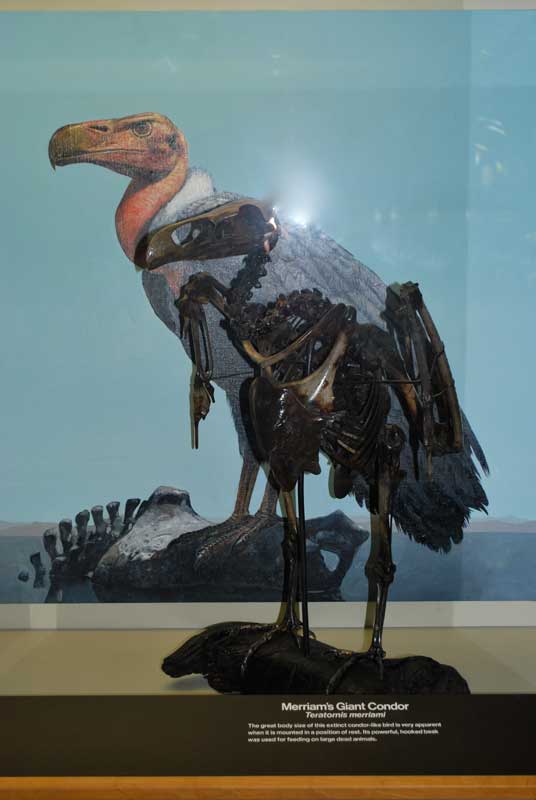
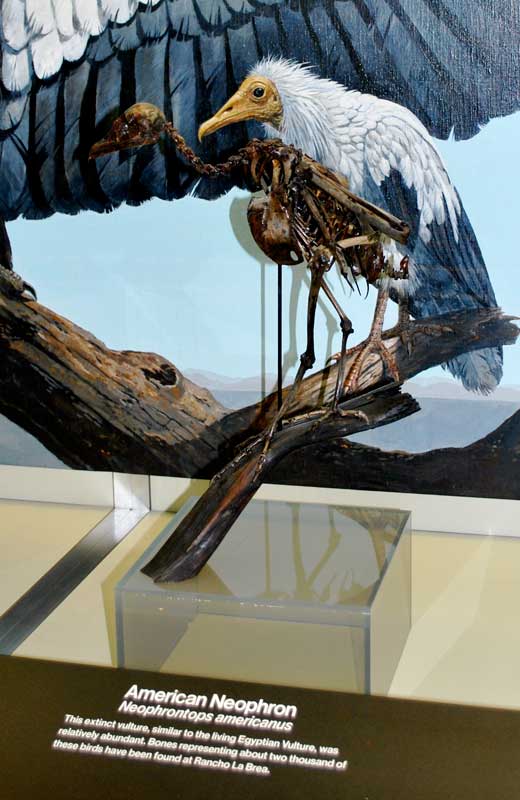
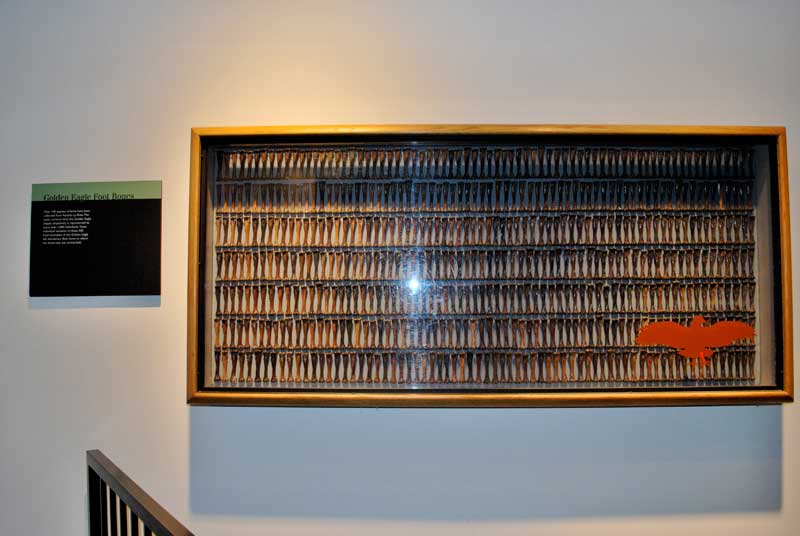
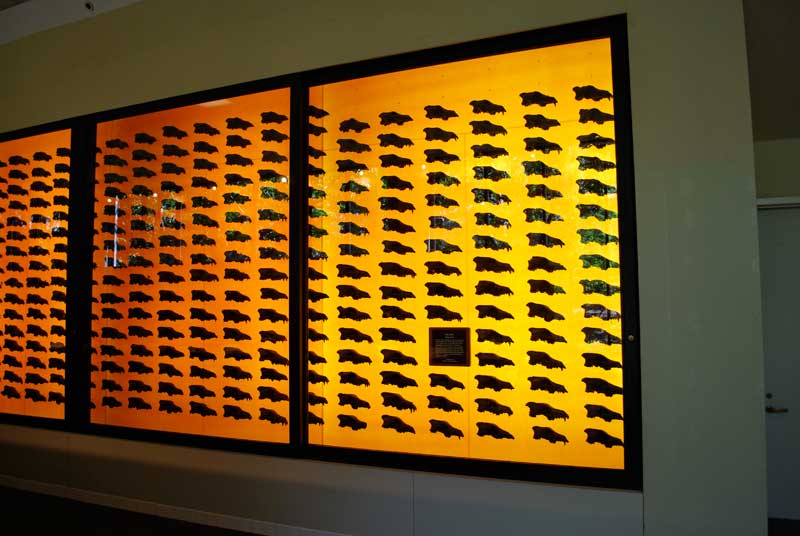
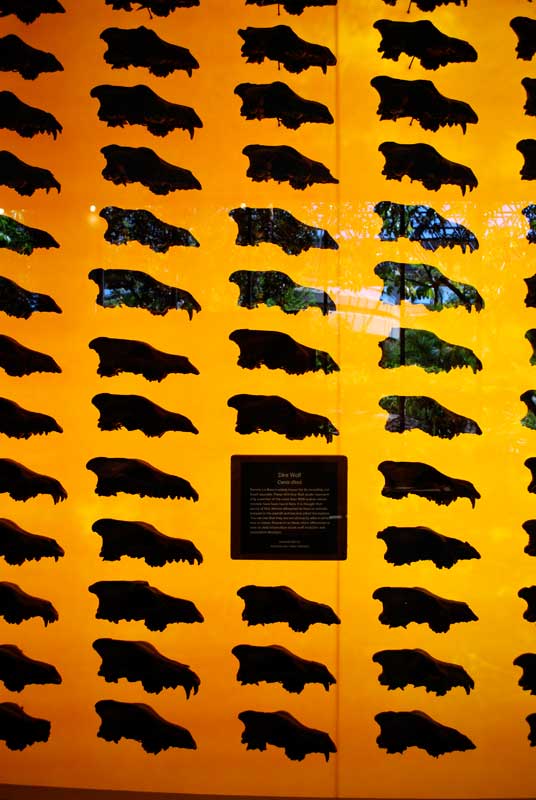
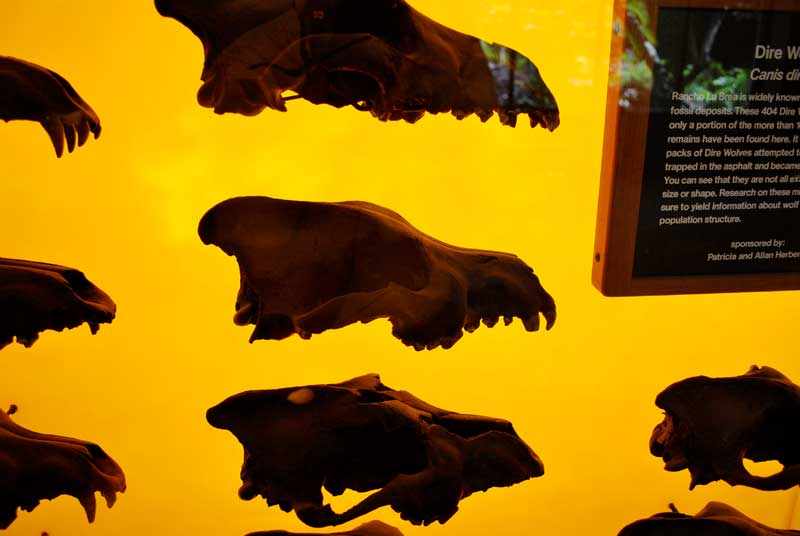
1 thought on “La Brea tar pits”